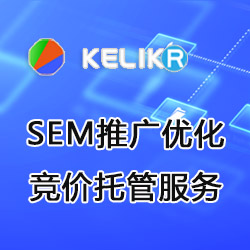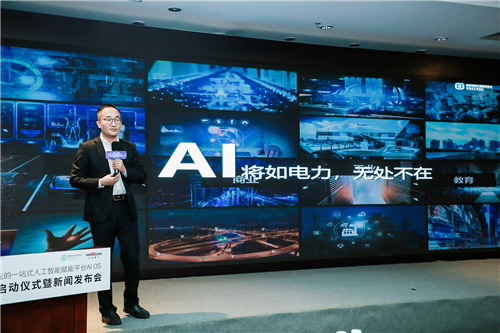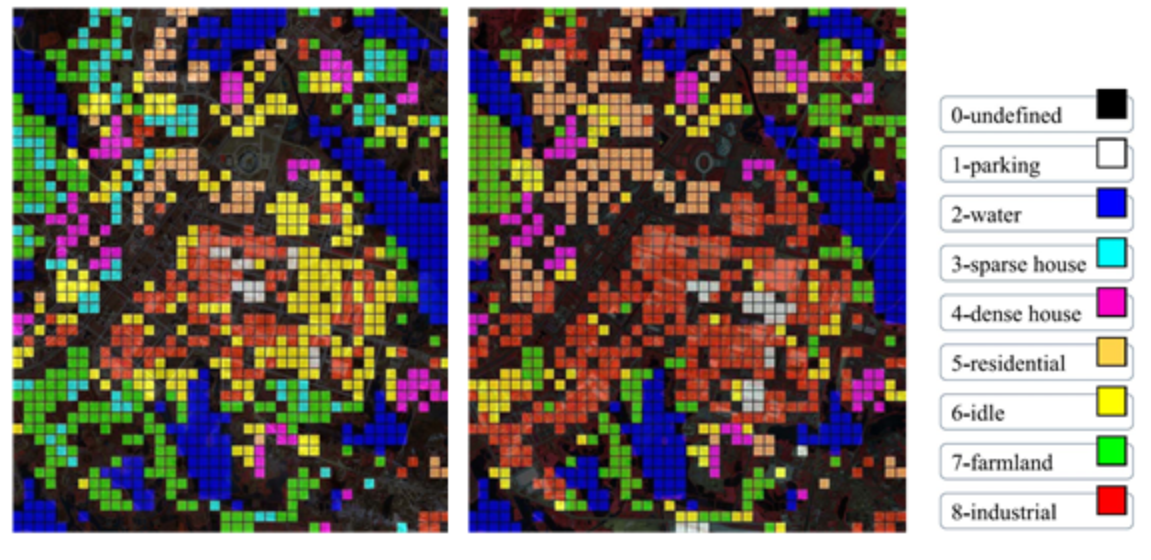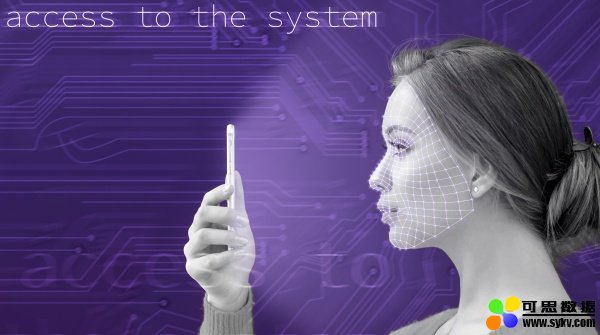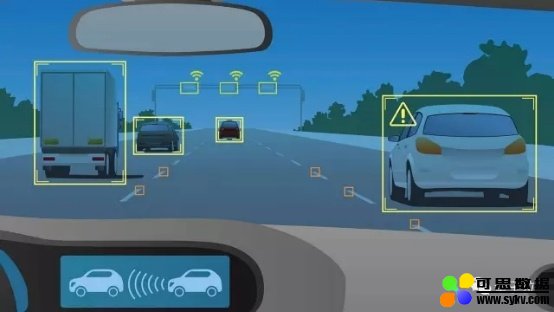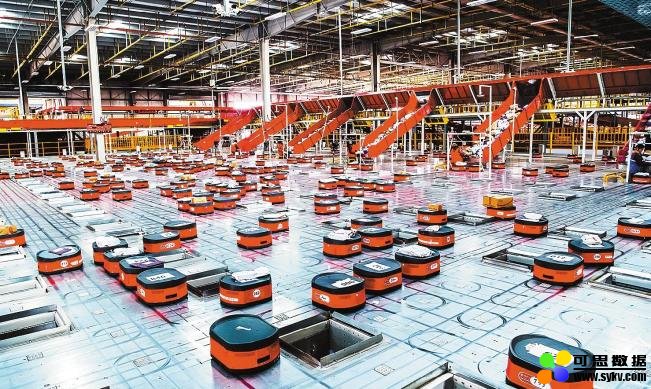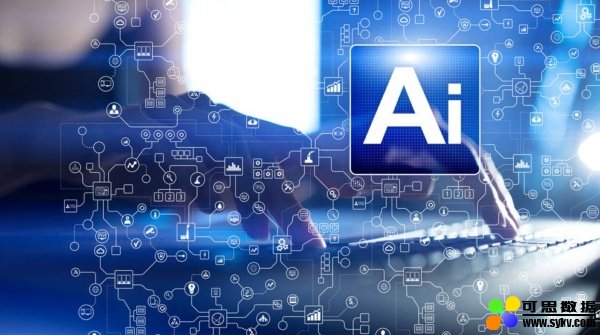看物联网如何影响当今7大关键行业
编译:数据观|黄玉叶
单一的方式无法定义物联网(IoT)——无论是在系统类型还是在使用案例中,物联网都因行业而异。不同领域之间的物联网大相径庭,为了深入了解物联网对各行业的影响,福布斯(Forbes Insight)与英特尔(Intel)合作,对700名熟悉其单位物联网项目实施的高管进行了调查。

调查显示,在制造业和金融服务业,物联网系统的增长最为显著。这二者中,分别有47%和42%的业内高管表示,过去三年,他们的网络覆盖增长速度超过了10%。
调查发现,金融服务、医疗保健和制造业是物联网思维的领头羊。多数情况下,他们正将物联网性能与强大的高级分析或人工智能联系起来。接近六成的金融服务业高管(约占58%)表示,他们拥有完善的物联网计划,其次是医疗机构(约占55%)。在制造业和金融服务业,物联网系统的增长最为显著。这二者中,分别有47%和42%的业内高管表示,过去三年,他们的网络覆盖增长速度超过了10%。
那么,通信、能源、金融服务、医疗、制造业、零售业和运输业的高管们是如何将物联网“为我所用”的呢?请继续阅读本文。
1.通信:对于电信供应商和其他通信公司来说,移动革命凸显了物联网的转型。在参与调查的通信公司中,约有一半(约占53%)的公司要么在流程中嵌入物联网,要么在关键业务领域中嵌入物联网。在通信公司,最普遍的物联网数据源包括音频设备(约占45%),其次是移动电话(约占42%)。最为普遍的应用是预防性维护(约占44%),其次是努力提高员工生产力(约占40%)。此外,超过三分之一的通信供应商在应用计算机视觉和分析技术以更好地理解、预测客户行为以及资产可行性方面处于领先地位,约38%的受访者表示,他们已经在企业的各部门间实现了可视化分析。
2.能源:能源公司倾向于将业务分散到偏远地区,如需要持续检测的油气田。能源行业近一半的高管(约占47%)指出,他们要么在选定的职能部门实施了物联网,要么在其业务领域进行了广泛的物联网部署。主要数据源包括机械装置(约占49%)和机器人(约占46%)。能源公司正转向用物联网来监控资产表现(约占45%)、提升客户体验(约占43%)和提高整体效率(约占40%)。有三分之一(约占34%)的受访者表示,他们已经在企业内部深入部署了视觉分析。例如,安装在摄像头上的无人机可以帮助企业监控生产场地及设施的健康和安全,在异常情况成为危险之前就发现它们。
3.金融服务:金融服务机构具有高度安全意识,因此越来越依赖网络摄像头和其他视觉传感器,以确保其设施的可行性。如上所述,金融服务在物联网部署方面处于领先地位,58%的调查对象具有一定程度的能力。在视觉分析采用方面,这一领域的公司也遥遥领先——51%的公司报告说,他们已经开发并实现了将摄像头和视觉传感器连接到人工智能和分析系统上的能力。对金融公司来说,手机是首选的终端设备(约51%的受访者选择了手机),还有摄像头和传感器(约占48%)。虽然金融公司在物联网工作中有多个目标,但显然首先要解决的是扩大网络连通性(约占31%),并将物联网作为提高安全性的工具(约占30%)。
4.医疗保健:提到医疗保健,顾客担忧尤甚,他们希望不仅在病榻前受到照顾,而且在候诊室、急救室和商务办公室都能获得相应体验。当前,医疗机构在物联网方面也走在了前沿,55%的医疗机构已经部署了相当完善的设备。在医疗领域,音频设备和移动电话是最重要的使用中设备,46%的行业受访者都提到了这一点。医护监管是最普遍的用例(约占41%),还有设备监控和增强客户体验感(约占38%)。对大多数受访者来说(约占57%),他们还是采用视觉分析来提高客户服务和护理病患的水平。
5.制造业:制造商比其他行业的公司更依赖于重型机械来进行生产,因此,他们对了解机器性能有着浓厚的兴趣。制造业组织有一系列的机会——通过计算机视觉来管理和跟踪商品的运动,与人工智能增强系统相联系,可以在事件发生前预测甚至补救。但这不仅仅是管理机器的问题。总体而言,与其他行业集团相比,制造商正经历着物联网带来的最大转变。51%的制造业高管强烈赞同物联网正在为他们的组织开辟新的业务领域。此外,29%的制造业高管报告称,他们的物联网部署使他们能够提供新产品或服务,通信公司的这一比例为29%。大多数制造商(约占51%)声称他们所选择的业务领域是由物联网支持的,或者表示他们已经在企业广泛地部署了物联网。52%的制造商表示,他们也具备可视化分析能力,能够对资产和产品进行实时监控。移动电话和计算机系统是制造商物联网数据的主要来源(分别约占48%和47%),这一领域的主要用例是预防性维护(约占51%)和提高生产率(约占49%)。
6.零售业:在零售中,销售上的情况并不局限于销售——顾客的行为和反应被研究、评估和衍化。在调查中,有一半的零售业高管(约占51%)表示,他们正在积极部署物联网工作——要么跨部门部署,要么跨企业广泛部署。大多数人(约占53%)也表示,在一定程度上使用了视觉分析,从而能够更好地理解客户的偏好和行为。最著名的物联网数据源包括计算机系统(约占51%)和传感器(约占47%)。对于零售组织,主要用例是启用业务转换(约占44%)和提供增强虚拟现实的培训(约占43%)。
7.交通:交通涉及运输和物流,物联网系统在管理这些性能方面发挥着作用。在交通相关企业的调查中,有一半的高管(约占47%)表示,他们要么正在进行部门级的物联网起步工作,要么已经在企业内部实现了物联网技术。最重要的用例是提高生产率(约占40%)以及物流监视和路线规划(约占40%)。近一半的运输公司(约占46%)在物联网工作中加入了某种程度的视觉分析,例如,可以在铁路轨道上安装摄像头和传感器,以监测车轮总成的磨损或货车厢的异常情况。
正如以上案例所示,每个行业都有从物联网中获益的可能。然而,如何洞悉这些技术的潜力,如何在公司和各自行业中实现技术的最大效益,则取决于高管们,善策者事竟成!
There is no single way to describe the Internet of Things (IoT)—it varies by industry, both in types of systems and in use cases. IoT in one sector is different from IoT in another. To better understand just how IoT is impacting a variety of industries, Forbes Insights, in partnership with Intel, conducted a survey of 700 executives familiar with their organization's implementation of IoT programs.
Growth in IoT systems has been most pronounced within the manufacturing and financial services sectors, with 47% and 42% of executives in these sectors, respectively, reporting growth in their networks exceeding 10% over the past three years.
As the survey found, financial services, healthcare and manufacturing are leaders in IoT thinking, and in many cases, are connecting IoT capabilities with powerful advanced analytics or artificial intelligence. Close to six in 10 executives in the financial services sector, 58%, report having well-developed IoT initiatives, followed by healthcare organizations (55%). Growth in IoT systems has been most pronounced within the manufacturing and financial services sectors, with 47% and 42% of executives in these sectors, respectively, reporting growth in their networks exceeding 10% over the past three years.
Keep reading to find out more about how executives in communications, energy, financial services, healthcare, manufacturing, retail and transportation are leveraging IoT.
Communications: For telecommunications providers and other communications companies, the mobile revolution is underscoring the shift to IoT. About half of the communications companies represented in the survey, 53%, either have IoT embedded into their processes or have it in key business areas. In communications companies, the most prevalent IoT data sources include audio devices (45%), followed by mobile phones (42%). The most prevalent application is preventive maintenance (44%), followed by efforts to increase employee productivity (40%). In addition, more than one-third of communications providers are in the forefront of applying approaches with computer vision and analytics to better understand and predict customer behavior, as well as the viability of assets. In total, 38% report they have implemented visual analytics across parts of their enterprises.
Energy: Energy companies tend to have operations spread across remote locations such as oil and gas fields, which require continuous monitoring. Close to half of executives in the energy sector, 47%, indicate they either have implemented IoT across selected functions/business areas or have extensive IoT deployments. Leading data sources include machinery (49%) and robots (46%). Energy companies are turning to IoT to monitor asset performance (45%), enhance their customers’ experience (43%) and boost overall efficiency (40%). About one-third, 34%, report they have deployed visual analytics deeply within their enterprises. Camera-mounted drones, for instance, can help companies monitor the health and safety of production fields and facilities, spotting anomalies before they become a hazard.
Financial Services: Financial services organizations are highly security conscious, and therefore increasingly rely on networks of cameras and other visual sensors to ensure the viability of their facilities. As noted above, financial services leads the way in IoT deployment, with 58% of survey respondents having some degree of capabilities. Companies in this sector are also well ahead in terms of visual analytics adoption—51% report they have developed and implemented capabilities employing cameras and visual sensors connected to AI and analytics systems. Mobile phones are the leading endpoint choice for financial companies (cited by 51%), along with cameras and sensors (48%). While financial firms have multiple goals in their IoT efforts, most pronounced is the need to expand the connectivity of their networks (31%), along with employing IoT as vehicle for greater security (30%).
Healthcare: Within healthcare, there is concern about the experiences customers receive not only at bedsides, but also in waiting rooms, emergency rooms and business offices. Healthcare organizations are also leading the way with IoT, with 55% having fairly robust deployments in place. In healthcare, audio devices and mobile phones are the most essential devices in use, mentioned by 46% of respondents in the sector. Employee monitoring is the most prevalent use case (41%), along with monitoring facilities and enhancing customer experiences (each cited by 38%). The majority, 57%, also employ visual analytics to improve their levels of customer service and patient care.
Manufacturing: Manufacturers, more than companies in other industries, rely on heavy machinery to produce products and therefore have a deep interest in understanding the performance of these machines. Manufacturing organizations have a range of opportunities—through computer vision to manage and track the movement of goods, linked to artificial intelligence-enhanced systems that can predict, and even remediate, events before they happen.But there’s more to the story than managing machines. Overall, compared with other industry groups, manufacturers are seeing the greatest transitions from IoT. A majority of executives in manufacturing firms, 51%, “strongly agree” that IoT is opening up new lines of business for their organizations. In addition, 29% of manufacturing executives report their IoT efforts have enabled them to offer new products or services, along with 29% of those with communications companies. A majority of manufacturers, 51%, state either that selected business areas are supported by IoT or that they have deployed it extensively across their organizations. A majority, 52%, of manufacturers indicate they have visual analytics capabilities in place as well, enabling the real-time monitoring of assets and products. Mobile phones and computer systems are the main sources of IoT data for manufacturers (cited respectively by 48% and 47%), and the leading use cases in this sector are preventive maintenance (51%) and increasing productivity (49%).
Retail: In retail, what happens on the sales floor doesn’t stay on the sales floor—customer behavior and reactions are studied, evaluated and evolved. Half of the retail executives in the survey, 51%, report having robust IoT efforts underway—either deployed across departments or extensively across their enterprises. A majority, 53%, also report employing visual analytics to some degree, enabling a greater understanding of customer preferences and behavior. The most prominent IoT data sources include computer systems (51%) and sensors (47%). For retail organizations, the main use cases are enabling business transformation (44%) and providing training enhanced by augmented virtual reality (43%).
Transportation: Transportation is about movement and logistics, and IoT systems are playing a role in managing these capabilities. About half of the executives in the survey in transportation-related organizations, 47%, report having either departmental-level IoT efforts underway or implementations that reach across their enterprises. The most important use cases are increasing productivity (40%) as well as logistics monitoring and routing (40%). Close to half of transportation companies, 46%, have some level of visual analytics incorporated into their IoT efforts. Cameras and sensors, for example, may be placed along railroad tracks to monitor wear and tear on wheel assemblies or anomalies with freight cars.
As these examples demonstrate, every industry has the potential to reap the benefits from IoT. Yet it’s up to executives to recognize the potential of these technologies and determine how best to leverage them within their companies and respective industries. Those who do will certainly reap the rewards.
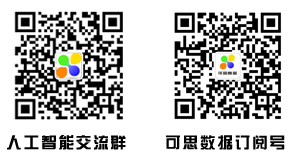
时间:2018-09-11 13:10 来源: 转发量:次
声明:本站部分作品是由网友自主投稿和发布、编辑整理上传,对此类作品本站仅提供交流平台,转载的目的在于传递更多信息及用于网络分享,并不代表本站赞同其观点和对其真实性负责,不为其版权负责。如果您发现网站上有侵犯您的知识产权的作品,请与我们取得联系,我们会及时修改或删除。
相关文章:
相关推荐:
网友评论:

